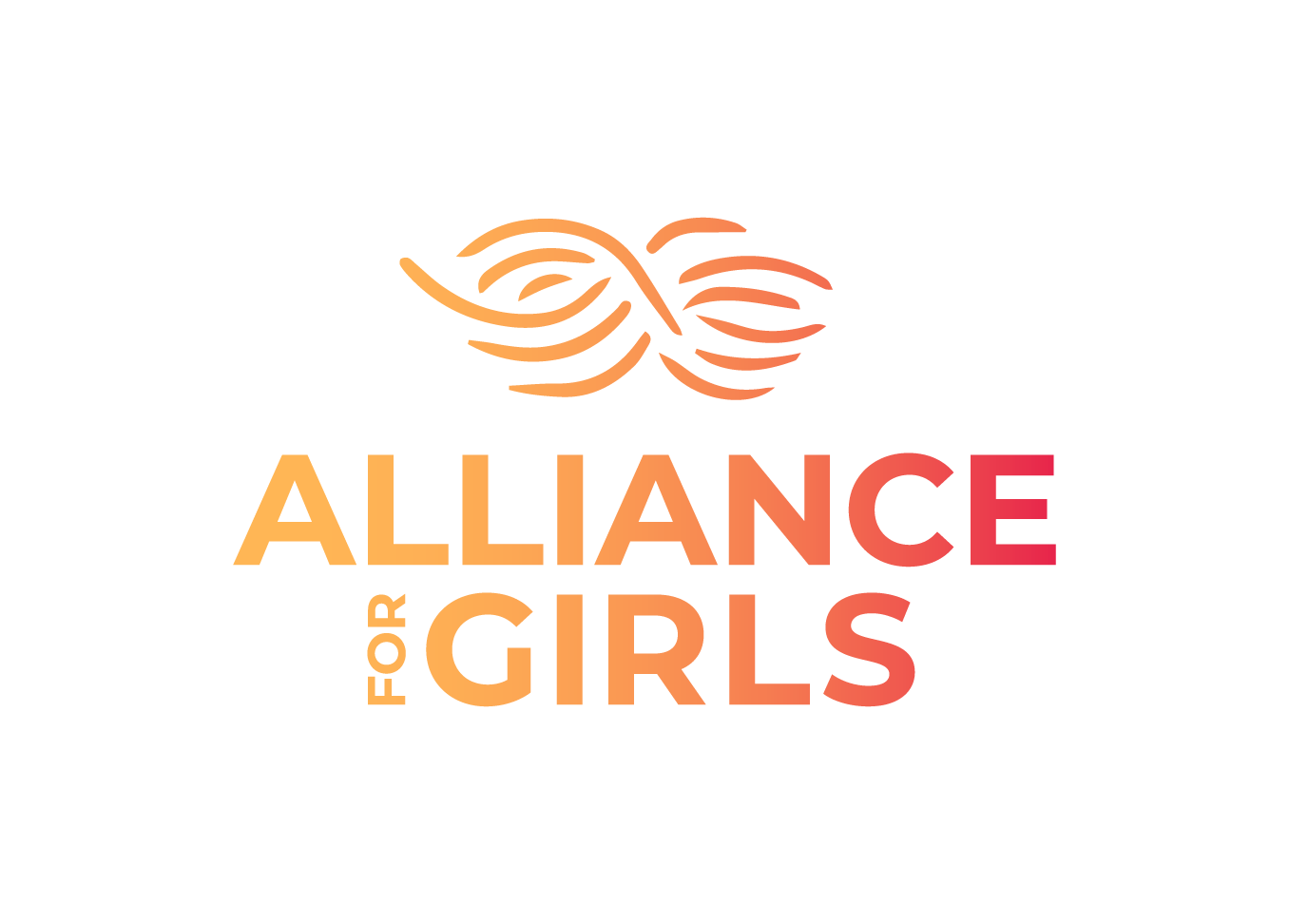#MeTooK12 hashtag combats sexual harassment in schools

In Oakland USD, girls who were chronically absent and suspended frequently told researchers in a 2015 study that sexual assault and harassment were among the biggest barriers for them at school.
Every Friday, for example, boys in fourth and fifth grade and in middle school would make a game of slapping girls’ butts. But those students rarely faced repercussions, says Emma Mayerson, the executive director and founder of Alliance for Girls, a national nonprofit that conducted the research in partnership with the district.
“The seeds of these issues are planted early in our children’s lives, as early as elementary school,” she says. “We have to look there if we’re going to change the tide of sexual harassment and assault in our country.”
Spreading the word
To raise awareness about sexual assault and harassment, a new organization called Stop Sexual Assault in Schools has launched the #MeTooK12 hashtag.
The goal is to bring attention to the problem in the same way the Me Too movement has exposed sexual misconduct in the professional and political realms, says Joel Levin, the nonprofit’s co-founder and director of programs.
“It’s very pervasive—more pervasive than people realize,” says Levin, referring to sexual harassment in schools.
Young women now use the #MeTooK12 hashtag to tell stories about sexual misconduct and describe school environments that marginalize women.
Stop Sexual Assault in Schools also offers resources on its website (stopsexualassaultinschools.org) that can help schools combat the problem, particularly when it comes to hiring a Title IX coordinator to investigate reports of gender discrimination.
“When a female reports being sexually harassed or groped, and she hears, ‘It’s just boys being boys’ or ‘The boy is doing that because he like you,’ the message the female student is getting is this is normal male behavior,” Levin says. “When the female student grows up and goes into the workforce, she assumes sexual harassment is normal.”
Developing supports
In Oakland USD, Alliance for Girls recruited students and community experts to assist the district in crafting a new sexual harassment policy. Administrators must now investigate each individual report of sexual harassment and also determine whether the incident is part of a more widespread problem.
Students now have a greater voice in how their complaints are resolved and in deciding how schools can be made safer for girls. The Alliance also offers a toolkit that guides educators and communities in creating respectful environments.
Valerie Sedivy, a senior manager at the Healthy Teen Network, says that in many of the districts she works with, administrators feel ill-equipped to deal with the wider issue of sexual misconduct. Organizations such as Sedivy’s offer PD to help teachers integrate into instruction topics such as healthy relationships, sexual harassment and consent.
Schools can also use anti-bullying programs to emphasize the danger of sexual harassment, she says. “Sexual harassment is a type of bullying that hasn’t been given proper attention up to this point,” Sedivy says.
